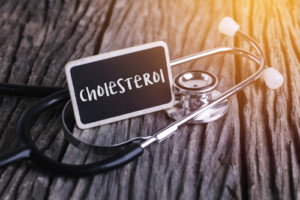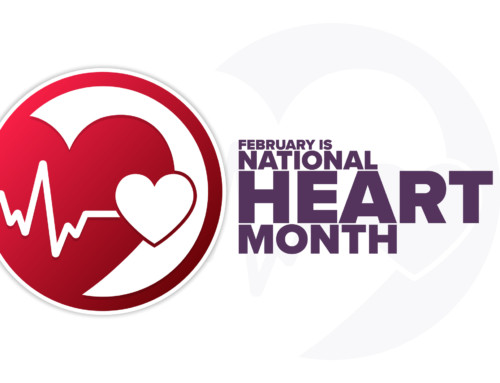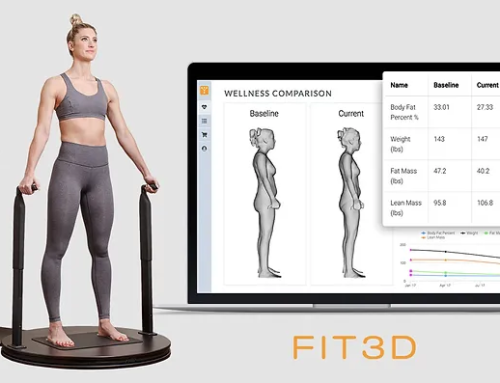 High cholesterol, a well-known health condition among Americans, is on the decline but remains a threat. The percentage of U.S. adults suffering from high cholesterol dropped by an impressive 6% between 2000 and 2016, from 18.3% down to just 12%. This is a step in a positive direction, but higher-than-recommended cholesterol is still a serious condition and prevention depends on a thorough understanding of its causes. High cholesterol is a key risk factor for heart disease and remains the leading cause of death in the United States.
High cholesterol, a well-known health condition among Americans, is on the decline but remains a threat. The percentage of U.S. adults suffering from high cholesterol dropped by an impressive 6% between 2000 and 2016, from 18.3% down to just 12%. This is a step in a positive direction, but higher-than-recommended cholesterol is still a serious condition and prevention depends on a thorough understanding of its causes. High cholesterol is a key risk factor for heart disease and remains the leading cause of death in the United States.
High cholesterol is largely governed by lifestyle factors like diet, exercise, and smoking — and that means it’s both treatable and preventable. The following list will explore the five most common causes of high cholesterol and the best ways to achieve healthy levels.
1. Genetics
Affecting approximately 1 in 500 people, hereditary high cholesterol, or heterozygous FH, is the result of a malfunctioning gene. Only half a person’s LDL receptors work if they have FH, and this can cause LDL levels as high as three times the ideal. Homozygous FH is much rarer, affecting 1 in 1 million people. This is when people inherit a malfunctioning gene from both parents, and none of their LDL receptors work.
In either instance, the lifestyle factors listed below still play a prominent role in health maintenance. However, many people don’t realize they have these genetic conditions, and early detection and intervention are key to preventing early heart attack, stroke, or cardiac arrest. If you are concerned about hereditary high cholesterol or have close family members with histories of heart disease or high cholesterol, consider scheduling a screening with your doctor.
2. Diet
Saturated fats increase your level of “bad” LDL cholesterol, while foods rich in fiber and Omega-3 fatty acids, such as whole grains, fruits, vegetables, nuts, and fatty fish, all lower it, while also increasing your level of “good” HDL cholesterol.
And remember: a healthy diet doesn’t have to be super restrictive or boring. Incorporating a wide array of vegetables and fruits, along with fish, lean meats, and low-fat dairy, is the best way to preserve heart health and keep cholesterol down.
Eat Less of These…
– Processed, packaged, and fried foods
– Red meat
– Any trans fats
– Alcohol
– Full-fat dairy products
– Processed vegetable oil, including canola
…And More of That!
– Whole grains such as oats, barley, and spelt
– Beans and legumes
– Vegetables rich in soluble fiber, such as eggplant and okra
– Fruits high in the soluble fiber pectin, such as apples, grapes, strawberries, and citrus
– Tofu
– Nuts
– Fatty fish such as salmon, mackerel, and sardines
3. Obesity
If you’re obese — 20% or more above a healthy weight for your age and height — you’re at a significantly greater risk for high cholesterol. Obesity causes your liver to make more LDL cholesterol and hinders it from being cleared from your blood once released. Simply put, your body responds differently to the fats you consume when you’re obese, which makes weight loss through diet and exercise the essential step toward achieving healthy cholesterol levels.
4. Exercise
Regular physical activity has a direct positive impact on both LDL and HDL cholesterol in the blood; it increases HDL (good) cholesterol and decreases LDL (bad) cholesterol. Implementing a regular exercise schedule is integral to maintaining a healthy weight and appropriate cholesterol levels. Be creative: you can include cardiovascular activity, resistance training, yoga, kickboxing, and many other options in your routine.
To lower blood pressure and cholesterol, the American Heart Association recommends an average of 40 minutes of moderate (ie. walking briskly or moderate cycling) to vigorous-intensity (ie. running, intense cycling, hiking uphill, swimming laps) aerobic activity three or four times a week.
5. Smoking
Smoking affects cholesterol in two ways. First, it reduces the level of HDL (good) cholesterol in your blood. Second, it makes cholesterol stickier and, therefore, more likely to get stuck against arterial walls. Because smoking also constricts and damages arteries, this sticking effect is even more dangerous.
The good news is, studies show that HDL cholesterol increases within three weeks of smoking cessation, “with no clear pattern of change thereafter.”
Get Checked Regularly
There’s no way for you to tell whether you’ve got high cholesterol or not, which makes checking in with your doctor regularly a non-negotiable. Reach out to the doctors at Tri-City Medical to find out whether you are at risk now, so you can start taking preventative action today.





